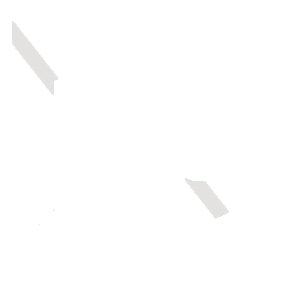Back in the 1950’s, Michael F. Buonocore discovered that resin filling materials adhere to etched enamel. He might not have fully appreciated the significance of his discovery at that time, but his work has earned him the title of “Father of Adhesive Dentistry”. Today, the enamel etching technique that Dr. Buonocore pioneered is still in use. Additionally, we’ve come to learn how important it is to etch dentin for achieving a quality bond.
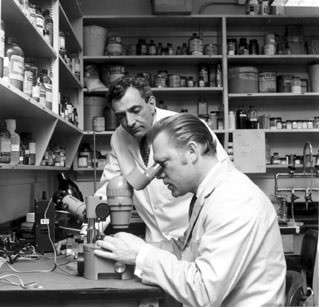
Because etching has become a critical factor in achieving quality bonding, Ultradent has dedicated years of testing and research to experimenting with different etching solutions to achieve a high-quality etch. Dr. Dan Fischer, founder and CEO of Ultradent Products, Inc., says, “We experimented with many different acids in dentistry over the years, and while many acids can be used with moderate to satisfactory success on dentin, we’ve continually gone back to phosphoric acid—thanks to the retention surface it creates on enamel.”
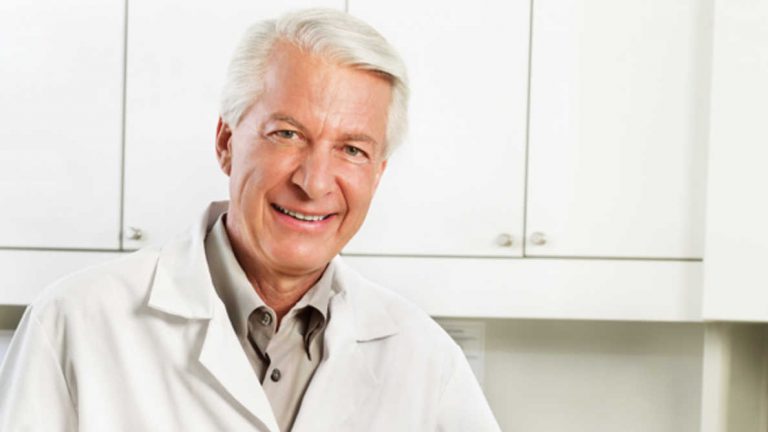
In addition to finding the right acid, Dr. Fischer and Ultradent’s research and development team found that etching the right amount also plays a critical role in the success of a procedure. Dr. Fischer adds, “We’ve also discovered that long exposure to etch isn’t necessary. A simple 15-second exposure to phosphoric acid will sufficiently condition both dentin and enamel enough to be treated with a hydrophilic bonding resin, thus achieving a strong adhesive bond.”
He continues, “When we first began using the acid-etch technique, we used a liquid form of phosphoric acid (many still use it today). While liquid made it easy to effectively cover the entire treatment site and to penetrate all of the “nooks and crannies,” we found it difficult to control. Here is the challenge: An etchant should stay exactly on the point or surface area where it is placed, while also penetrating fissures—which is particularly important for the placement of pit and fissure sealant. Also, while the etchant should effectively cover the tooth structure, rinsing it away should be quick, clean, and easy.”
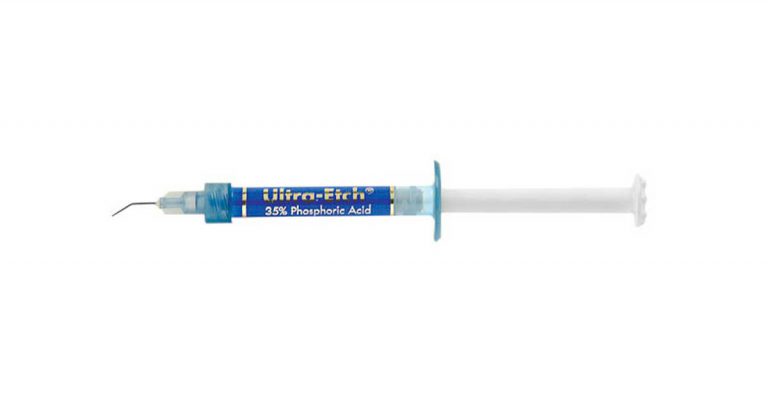
In order to satisfy these requirements and to help clinicians to prevent over-etching, Ultradent formulated Ultra-Etch, a 35% phosphoric acid solution that contains self-limiting properties to ensure optimal conditions for resin impregnation and bonding. “We developed Ultra-Etch to be just thick enough to stay put, in order to prevent it from running off vertical surfaces.” Dr. Fischer says, adding, “We have also studied etched dentin and discovered that our etch is “self-limiting.” In other words, the dentin is decalcified to a depth of only approximately 1.9 microns, the ideal depth for creating an optimal bond. Other etches available on the market of similar strength can etch up to six times this amount in depth! This “self-limiting” property is achieved thanks to Ultra-Etch’s balanced, gel-thickened properties, which act as a buffer to the acid.”
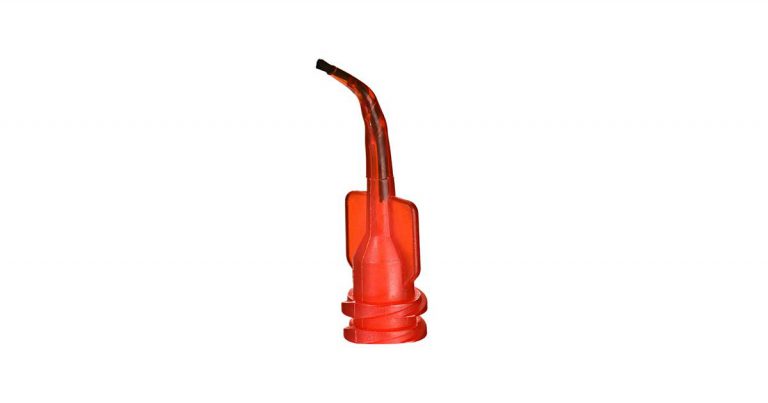
Ultra-Etch features a syringe delivery method (its Blue Micro Tip measures 0.5mm in diameter), further enabling the clinician to place the etchant precisely and with complete control—whether in a tiny area or a very thin line. For flat surfaces, Ultradent’s Inspiral Brush Tip thins the gel, allowing for easy application and deep penetration of every surface of the tooth.
Dr. Fischer says, “When etching flat surfaces or pits and fissures, I apply Ultra-Etch with the Inspiral Brush tip. Using this tip lowers the viscosity of the gel enough for easy application to flat surfaces and deep penetration in narrow fissures. When I’m finished, Ultra Etch washes off more quickly and completely than other etchants on the market too.”
The industry leader for over 20 years, Ultra-Etch allows for the controlled, flowable application and self-limiting etching process clinicians need to achieve quality bonding without leaving any residue behind.
Sourced: https://en.ultradent.blog
